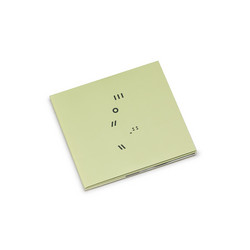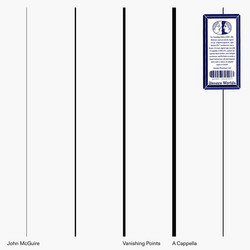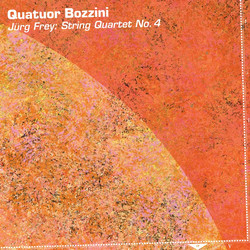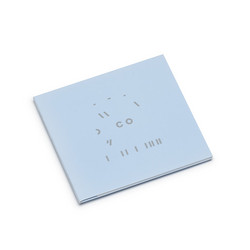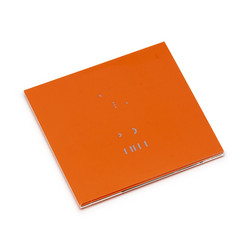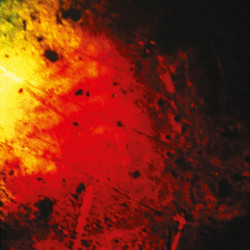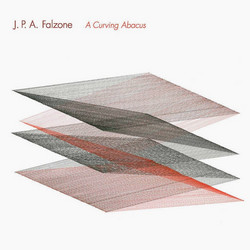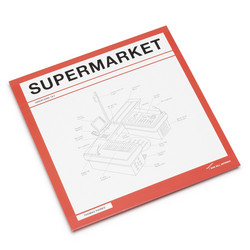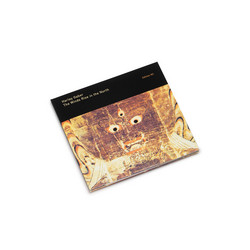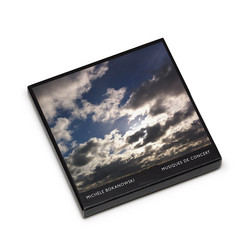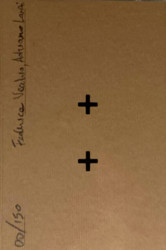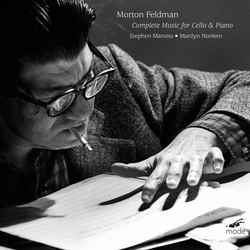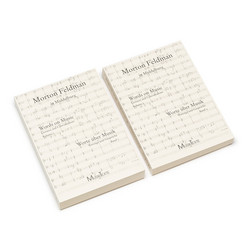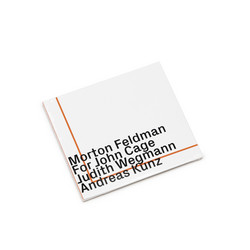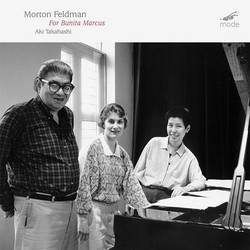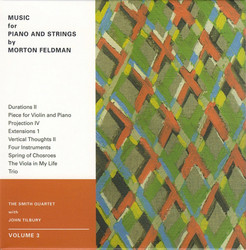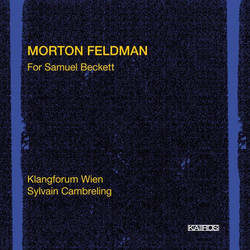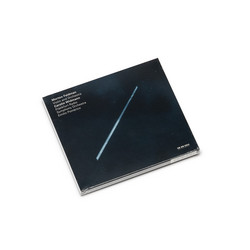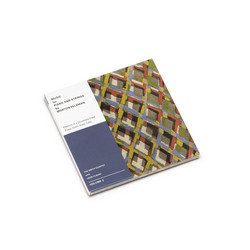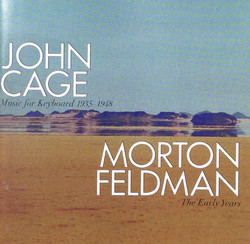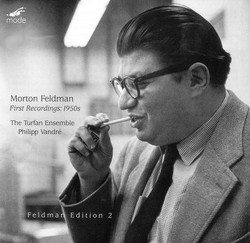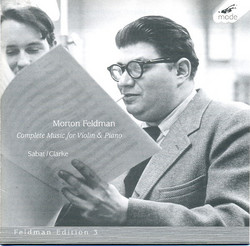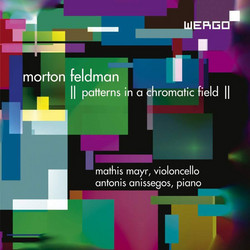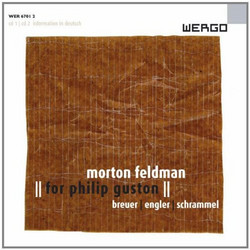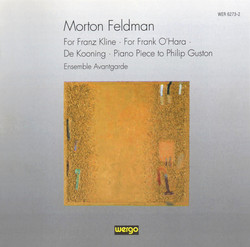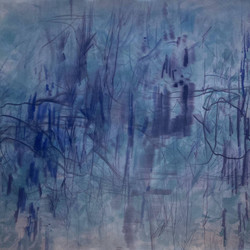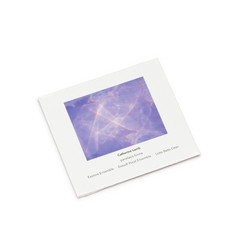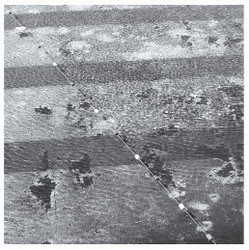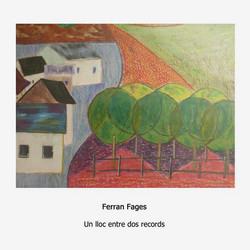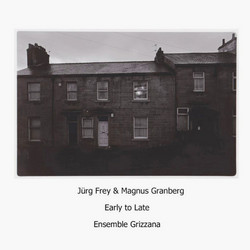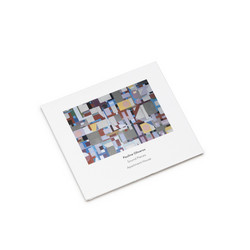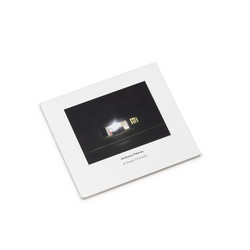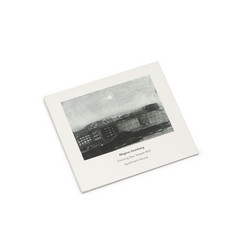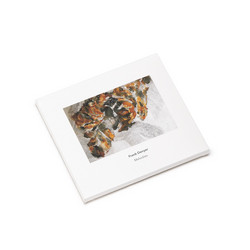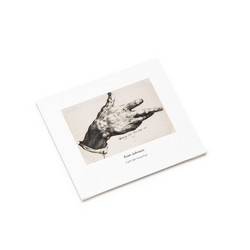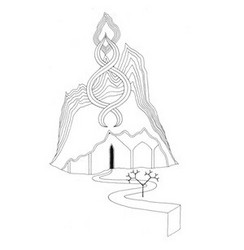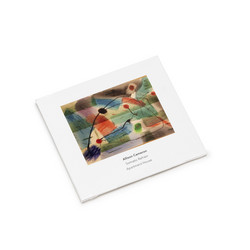Morton Feldman
Piano, Violin, Viola, Cello
“Another Timbre has been contributing excellent recordings to the rapidly expanding universe of what might still be called “Classical” music, and nowhere more convincingly than in the shimmering beautiful tapestries woven by Morton Feldman. The label’s double set of Feldman’s earlier piano works would be an excellent place to begin for anyone wishing to slide into familiarity with his work, as it’s wonderfully performed by John Tilbury and Philip Thomas. Pianist Mark Knoop, violinist Aisha Orazbayeva, violist Bridget Carey and cellist Anton Lukoszevieze now put their collective wit and grace into a rendering of Piano, Violin, Viola, Cello; they give a performance of rapt concentration and emotive depth, rivaling and often surpassing any currently available.
Piano, Violin, Viola, Cello, hereafter PVVC, was the composer’s final published work, but to say that it is typical of his late-period compositions is to sell its individuality short. Much is made of Feldman’s penchant for repetition, and his music is sometimes dismissed for it, but for those immersed in Feldman’s vast canvases, each is a labyrinth of non-linear landmarks slowly revealed, connected non-teleologies that still result in a narrative. Tone, chord and the points at which they meet circumvent while intersecting, the material developing in a kind of slow dance of gradual familiarity and reminiscence. The soft dynamic level makes it all a very intimate experience. True, allegiance to influences as disparate as Debussy and Webern are everywhere, but they are also magically and continuously thwarted, so that they must be sought out to be heard at all. Pointillism is there, something approaching traditional harmonic cadence is also present, but no standard resolution or drama on either front is forthcoming. There is a palpable sense in which Knoop and company get PVVC absolutely right. The closest version to this one comes from the Bridge label, released in 2015, but the new disc presents a more unified string sound, even though single notes regularly traverse the sound stage. It is as if string clusters produce tones not in the score, such is the intimacy and concentration achieved by these three musicians. Those clusters often take center stage, while Knoop’s piano is recorded wide-screen, in such a way as to embrace the strings. His sensitive rendering of the score is caught in a way that is simultaneously close but recessed, giving the whole a three-dimensional presence that reveals Feldman’s blocks of quasi-development in Technicolor. Maybe it’s the recording that separates this version from the others I’ve heard. It certainly has the unity of a performance, though its spatial characteristics seem to exist outside of any single performance environment. The room disappears, and the music is left to unfold, offering a very different picture when switching from headphones to speakers. This, in combination with excellent musicianship, makes this version of PVVC a model for Feldman study and for future recorded performances of his works.” Dusted


